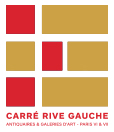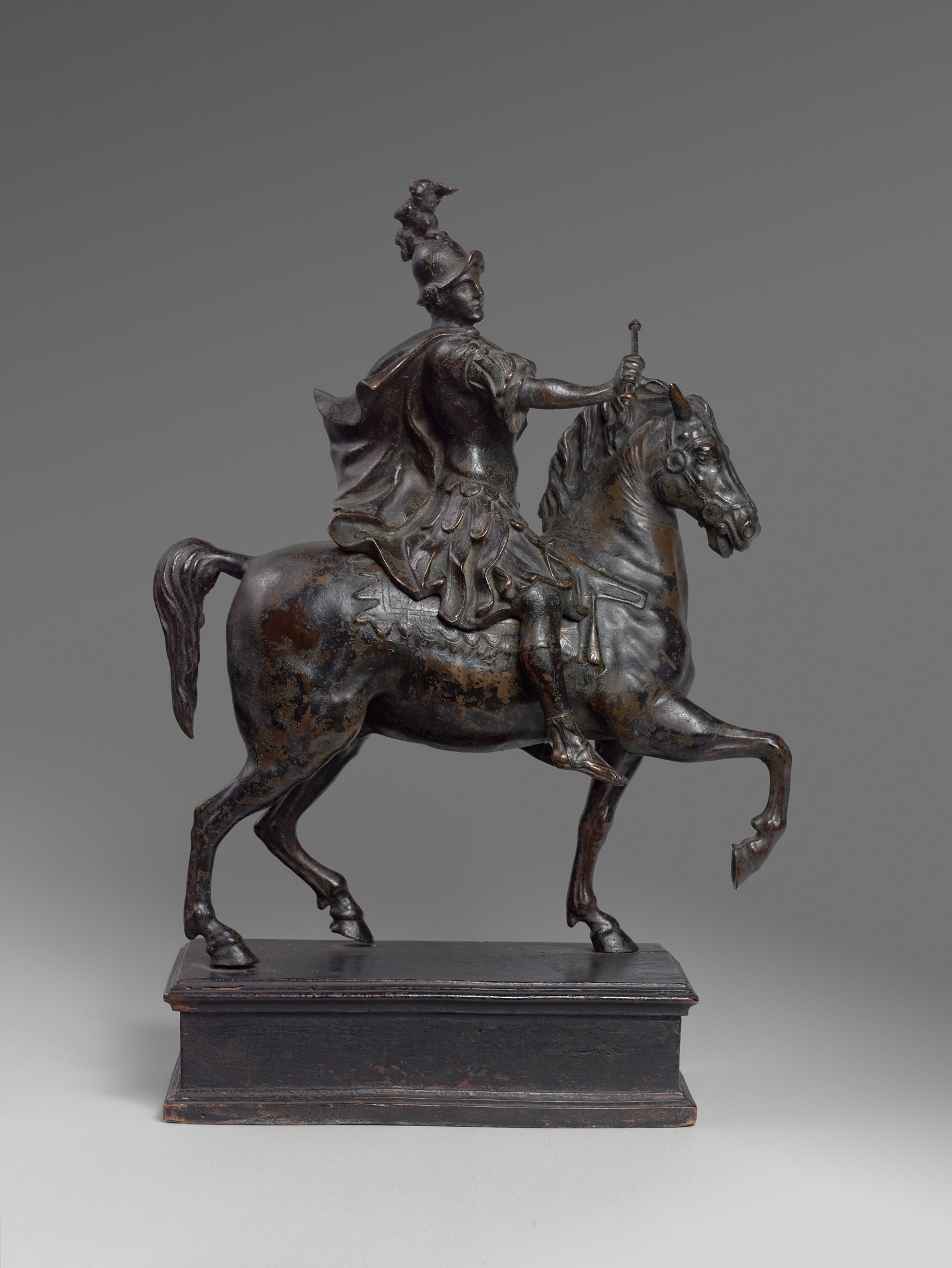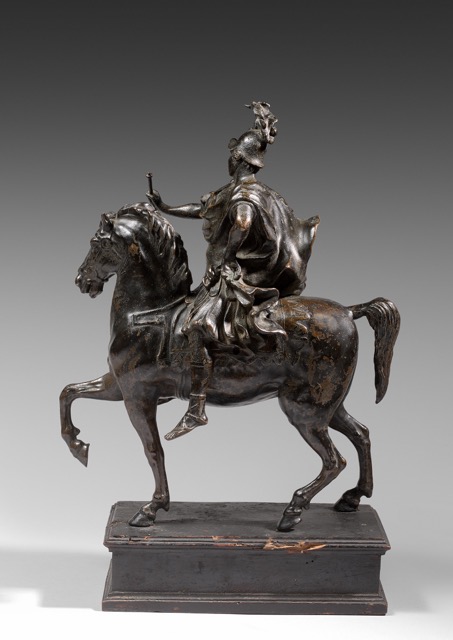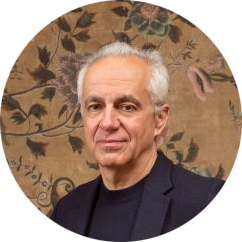Description
ATTRIBUTED TO FRANCESCO FANELLI
(Florence 1577 – Liguria after 1657)
Roman warrior on horseback
Bronze in his original patina
H 16 – W 13 – D 6,3 in
Stylistically there are resemblances with the series of Saint George and
the Dragon. Our warrior is depicted in the same way.
The horse is made after the model of the Antique equestrian statue of Marcus Aurelius in the Campidoglio in Rome where it was moved in 1538 ; this is the unique equestrian sculpture from Antique Rome which has been preserved.
Born in Florence in 1577, Fanelli moved to Genoa by 1605 and worked
there until at least 1630. In 1634 he received a court pension from King Charles I
in London, where he had probably been working since 1632. His sons Virgilio,
Pietro, and Giovanni Battista were born in Genoa prior to his departure, and they
all became important sculptors who would eventually set up and run workshops as
far afield as England, Italy and Spain, often continuing to cast bronzes from the
models created by their father. Fanelli was highly regarded by the principal art
patrons of Genoa and was almost certainly acquainted with Anthony Van Dyck
before that painter relocated to London. Indeed it is believed that Van Dyck or his
contacts may have been instrumental in bringing Fanelli to the attention of King
Charles I.
Fanelli stayed in England until at least 1641 where he was highly
celebrated, only reappearing in Genoa in 1657. After that date, there are only
short but laudatory records of him, including one in which he is described as ‘the
illustrious’.




